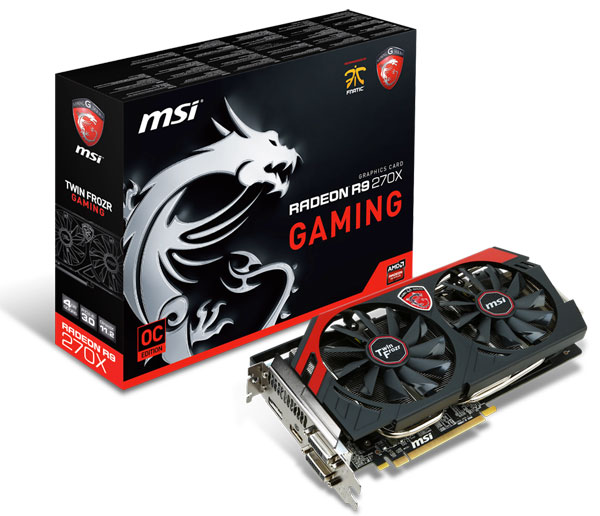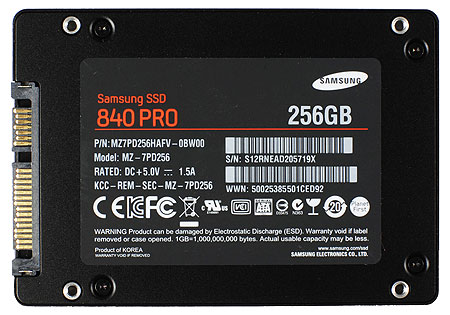AMD Mantle: A Graphics API Tested In Depth
AMD's Mantle is available to users of certain Radeon cards, as are the first few titles with corresponding API support. We gathered up a number of CPUs and graphics boards, fired up Battlefield 4 and Thief, and set off on a benchmarking odyssey.
How We Tested AMD's Mantle API
You might assume that Mantle's primary purpose is to squeeze as much performance as possible out of Radeon graphics cards. In a sense, that is true. But it's important to keep in mind that the problem Mantle is designed to solve isn't really graphics-oriented. Rather, Mantle is intended to tackle the inefficiencies that hamper how the work is distributed to CPUs.
Therefore, in a best-case scenario, Mantle alleviates bottlenecks imposed by budget-oriented processors (the kind AMD manufactures and sells). For instance, consider this scenario: in DirectX, a Radeon card may deliver faster performance on a high-end Intel Core i7 than on an FX-4170. If Mantle works as intended, we should expect to see the FX-4170's performance results increase and come closer to the Core i7. We wouldn't expect the Core i7's numbers to increase much because it's already a very fast CPU that masks the driver overhead imposed by DirectX.
To test this, I set up a wide array of platforms and graphics cards described in the table below. All Radeon cards are benchmarked under DirectX and Mantle to gauge whether there are appreciable differences. I also include GeForce cards for the sake of comparison.
While we usually run our benchmarks through Fraps or FCAT, both solutions are designed for use under DirectX, and consequently don't work with Mantle. As a result, we're forced to use the built-in benchmarking tools supplied with Thief and Battlefield 4. Thankfully, the command console of Battlefield's Frostbite engine is quite robust, allowing us to capture detailed frame time variance data. As for Thief, we can only record game-supplied frame rates, so frame time data is not available.
As you'll see later in this story, we needed a specific mid-range card with 4 GB of memory for a special test. MSI sent over its Radeon R9 270X Gaming 4G, armed with a Twin Frozr IV cooler and three operating modes: silent (1050 MHz), gaming (1080 MHz), and overclocked (1120 MHz).
High-end graphics cards require a substantial amount of power, so XFX sent us its PRO850W 80 PLUS Bronze-certified power supply. This modular PSU employs a single +12 V rail rated for 70 A. XFX claims continuous (not peak) output of up to 850 W at 50 degrees Celsius.
We've almost exclusively eliminated mechanical disks in the lab, preferring solid-state storage for alleviating I/O-related bottlenecks. Samsung sent all of our labs 256 GB 840 Pros, so we standardize on these exceptional SSDs.
Get Tom's Hardware's best news and in-depth reviews, straight to your inbox.
| Header Cell - Column 0 | FM2+System | AM3+System | LGA 1155 System | LGA 1150 System |
|---|---|---|---|---|
| Motherboard | ASRock FM2A88X-ITX+, Socket FM2+ | Gigabyte GA-990FXA-UDS, Socket AM3+ | Asus P8Z77-V LX, LGA 1155 | ASRock Z87 Pro3, LGA 1150 |
| Processor | AMD A10-7850K, Quad-Core, 3.7 GHz (4 GHz maximum Turbo Core) | AMD FX-8350, Octa-Core, 4 GHz (4.2 GHz maximum Turbo Core)AMD FX-4170, Quad-Core, 4.2 GHz (4.3 GHz maximum Turbo Core) | Intel Core i3-3220, Dual-Core, Hyper-Threading, 3.3 GHz | Intel Core i7-4770K, Quad-Core, Hyper-Threading, 3.5 GHz (3.9 GHz maximum Turbo Boost) |
| Memory | 8 GB Corsair Vengeance LP (2 x 4 GB) 1600 MT/s, CAS 9-9-9-24-1T | |||
| Graphics | GeForce GTX 650 2 GB GDDR5GeForce GTX 660 2 GB GDDR5GeForce GTX 780 Ti 3 GB GDDR5Radeon R7 250X 1 GB GDDR5Radeon R9 270 2 GB GDDR5Radeon R9 270X 4 GB GDDR5Radeon R9 290X 4 GB GDDR5 | |||
| System Drive | Samsung 840 Pro, 256 GB SSD, SATA 6Gb/s | |||
| Power Supply | XFX PRO850W, 850 W, 80 PLUS-certified | |||
| Software and Drivers | ||||
| Operating System | Microsoft Windows 8 Pro x64 | |||
| DirectX | DirectX 11 | |||
| Graphics Drivers | AMD Catalyst 14.3 Beta (14.4 Beta demonstrates some performance detriment issues)Nvidia GeForce 337.88 WHQL |
And here are the benchmark details:
| Benchmark Configuration | |
|---|---|
| 3D Games | |
| Thief | Built-in benchmark |
| Battlefield 4 | THG custom benchmark, 90 seconds |
Current page: How We Tested AMD's Mantle API
Prev Page APIs, Abstraction and Mantle: An API Primer Next Page Thief Benchmarks: APU and Entry-Level GraphicsDon Woligroski was a former senior hardware editor for Tom's Hardware. He has covered a wide range of PC hardware topics, including CPUs, GPUs, system building, and emerging technologies.




